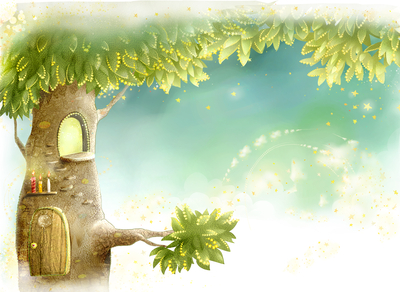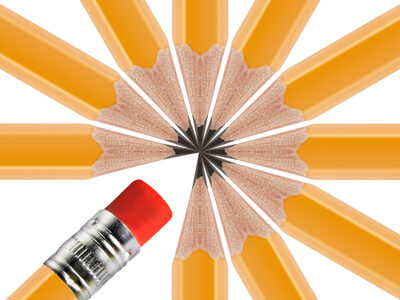I’m back to talk a little more about point of view, continuing to build on what I talked about in the last post.
If you’ll remember, last time I dissected POV into three different types—the ones most often in fiction. Today, in this last post on point of view, let’s dig a little deeper and talk in depth about deep point of view since this is the preferred POV in fiction writing.
Someone asked why that is the preferred POV. I hope the following information answers this question.
Description of Deep Point of View
Deep point of view (deep POV) aims to fully immerse readers into the character’s experience, allowing them to feel as if they are the character, rather than only observing that person. It’s just like in the movies when the director has the camera aimed right behind the character getting ready to jump out of the airplane. It makes you feel like you’re getting ready to jump too! The goal of deep POV is to remove any distance between readers and the character—any words or language that reminds readers someone is telling them a story. In other words, readers don’t only know what the character is doing or feeling, but they experience it firsthand.
Last time, I talked a little about the traditional third-person limited POV. While this is relatively close to deep POV, it still can maintain a layer of distance between the character and the reader. Deep POV removes this gap completely. It’s especially powerful in genres like romance, thriller, and suspense, where emotions and internal conflicts drive the story.
Why Is Deep POV the Preferred POV for Fiction?
There are several reasons in addition to the reader immersion one I just talked about:
- Emotional Impact: Imagine how powerful a story can wind up being when the reader has an unfiltered access to the raw emotions and thoughts of the characters without filters like “she thought” or “he felt.” This makes emotions feel more immediate and authentic, giving the story a heightened sense of realism and impact. Wow, right? Isn’t that what we want every single time we put words on the document? Absolutely.
- Natural Flow: Staying in deep POV allows the reader to seamlessly move through the character’s thoughts and actions without transitions or explanations. (This is not to say transitions and explanations don’t have their place, but that’s for another post.) This creates an uninterrupted reading experience, which makes the pacing smooth and the story more dynamic.
- Show, Don’t Tell: Finally, if you’ve been in the writing community for any length of time, you’ve been exposed to the “show, don’t tell” rule, right? Well, deep POV is one of the best ways to “show” rather than “tell.” Why? Because it cuts out the narrator. Instead of telling readers what a character is feeling, it shows the experience and lets the reader interpret the emotions through actions, thoughts, and sensory details.
Next time, I’ll go through some examples with you, showing you what all of this entails.




